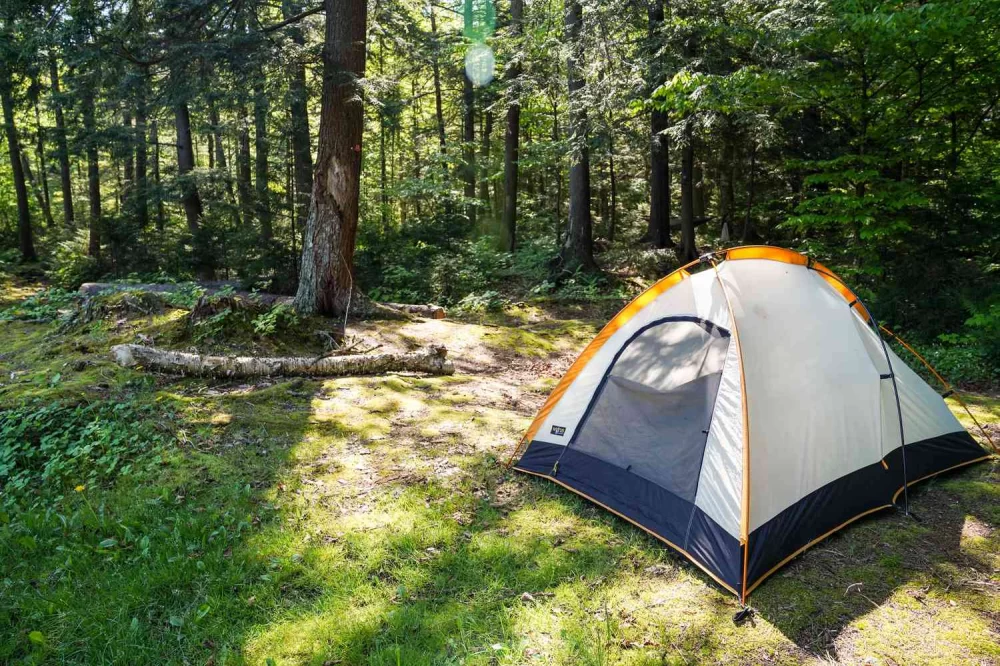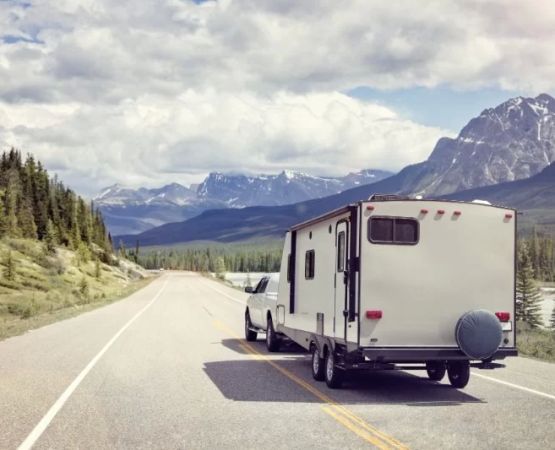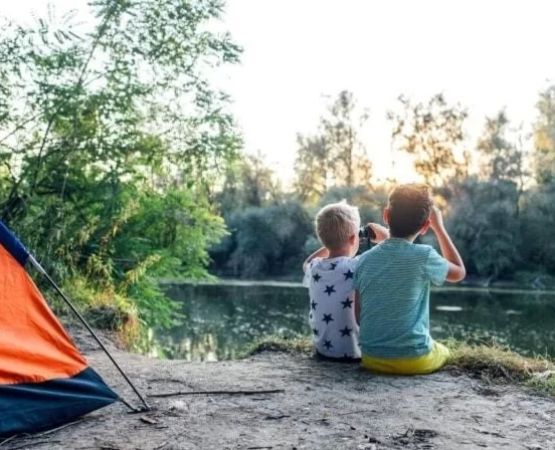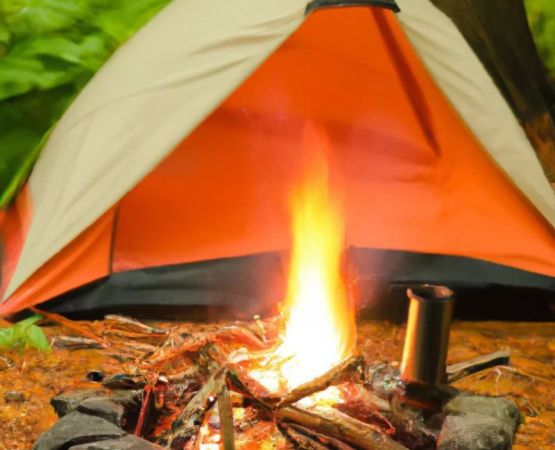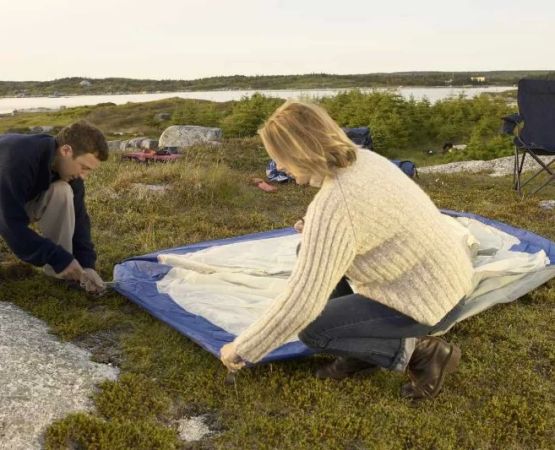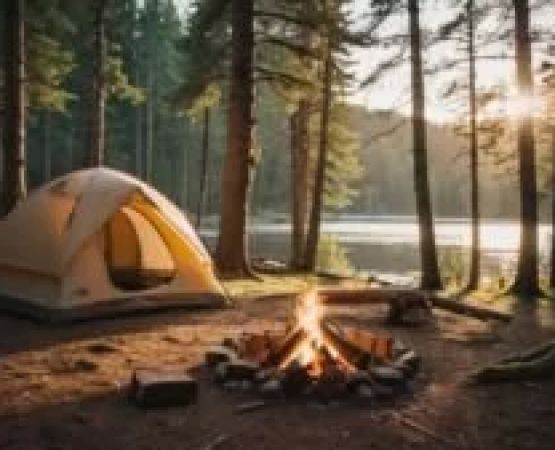Choosing the Perfect Campsites for Your Road Trip
Embarking on a road trip is one of the most exciting adventures you can experience. The freedom to explore new places, meet new people, and enjoy the outdoors is something that everyone should experience at least once. For many road trippers, camping is the ideal way to truly connect with nature and enjoy the journey. But, with so many campsites to choose from, how do you ensure that you’re picking the best one for your needs? After many road trips with my family and friends, I’ve learned a lot about what makes a campsite truly great, and I’m here to share my insights with you!
1. Researching Campsite Locations - Why Location Matters
One of the first things to consider when choosing a campsite for your road trip is its location. The ideal campsite should be located near your route and offer easy access to the attractions and natural beauty you want to experience. Whether you’re looking for a spot near a lake, a scenic mountain view, or a peaceful forest, finding the right location can really set the tone for your trip.
I remember a road trip to Pine Cliff Resort with my family, where we carefully selected a campsite nestled by a tranquil lake. This made it easy for us to enjoy fishing, kayaking, and evening walks along the shoreline without having to travel too far. On the other hand, there was one time we ended up camping near a noisy highway, which definitely took away from the peaceful vibe we were looking for. So, whether you prefer a quiet forest or an adventurous cliffside, make sure to do some research and ensure that the location fits your travel plans and personal preferences.
2. Assessing Amenities and Facilities - What Do You Need?
When you’re on a road trip, you don’t want to spend time searching for basic amenities. Depending on how rustic or luxurious you prefer your camping experience, amenities can make a huge difference. Some campsites offer modern conveniences like electricity, running water, and Wi-Fi, while others provide a more rustic experience with just the basics: a fire ring and a flat spot to pitch your tent.
For our trip to Pine Cliff Resort, we wanted a campsite that offered a little more comfort, so we selected one with clean restrooms, running water, and a picnic table. It made a world of difference, especially after a long day of driving and hiking. However, on another trip, we camped in a more remote location with no electricity or plumbing. While it was an amazing and memorable experience, it also required more preparation and self-sufficiency.
Think about your needs and preferences before you hit the road. Do you need a campsite with showers, a camp store, or access to nearby restaurants? Or are you looking for a more back-to-basics experience where you’ll bring everything with you? Be honest with yourself about what’s necessary and what you can do without to avoid any surprises later.
3. Proximity to Nature and Outdoor Activities
For many road trippers, the primary reason for camping is to immerse themselves in nature. Whether it’s for hiking, swimming, fishing, or simply enjoying the beauty of the outdoors, the campsite should offer easy access to the activities you want to experience. The last thing you want is to camp in an area that’s far from the trails, lakes, or forests you’re eager to explore.
On our last trip to Pine Cliff Resort, we chose a site right next to a well-maintained trail, which made it easy to go for hikes at sunrise. My kids loved that they could walk right out of the campsite and start exploring. Other campsites we’ve stayed at required us to drive to the trailhead, which was less convenient, but still enjoyable. So, if you’re planning on doing a lot of outdoor activities, consider choosing a campsite that’s close to those activities to maximize your experience.
4. Campground Size and Crowds - Finding the Right Balance
When selecting a campsite for your road trip, consider the size of the campground and the number of people who will be around you. Some people enjoy the social aspect of larger campgrounds, where there’s always something going on, while others prefer smaller, quieter sites for a more peaceful experience. I’ve personally had both experiences, and I’ve learned that my preferences depend on the trip.
On a recent family road trip, we stayed at a smaller, more private campground at Pine Cliff Resort, which felt much more secluded and allowed us to connect with nature without the distractions of too many people. But, on another trip, we stayed at a bustling campground with families and fellow travelers, which created a sense of camaraderie and gave the kids plenty of opportunities to make new friends. It’s up to you to decide what balance works best for you: Do you prefer peace and solitude, or do you like a more social, lively environment?
5. Reviews and Recommendations - Learning from Others’ Experiences
Reading reviews and recommendations from other campers is one of the best ways to get an accurate picture of what a campsite is really like. I often check review sites and apps before booking a campsite, paying attention to comments about the cleanliness, staff, facilities, and overall experience. If you’re unsure about a campsite, take some time to read up on others’ experiences.
On our trip to Pine Cliff Resort, we read many positive reviews about the welcoming atmosphere and excellent facilities, which led us to choose it for our stay. On the flip side, there were campsites we considered that had mixed reviews, particularly regarding the noise levels and crowds, which ultimately influenced our decision not to stay there. Don’t be afraid to rely on the wisdom of fellow travelers to help you make an informed decision!
6. Booking in Advance - Avoiding Disappointment
As you plan your road trip, it’s essential to consider booking your campsite in advance, especially during peak seasons. While some campsites are first-come, first-served, others require reservations, and availability can fill up quickly, especially during the summer months. I’ve learned this the hard way on a couple of occasions, showing up at a beautiful campsite only to find it fully booked.
For our trip to Pine Cliff Resort, we booked our campsite several months in advance, which allowed us to secure a great spot. By planning ahead, we were able to choose the ideal location and avoid the stress of last-minute scrambling. Always check the campground’s reservation policy and try to book early, especially if you’re traveling during peak times like weekends or holidays.
7. Budget Considerations - Finding a Campsite That Fits Your Budget
Lastly, budget plays a significant role when choosing your campsite. Campsites can vary greatly in price, depending on location, amenities, and season. Some campsites are very affordable, while others with more luxury offerings can be pricier. Be sure to evaluate your budget and select a campsite that offers the best value for the experience you’re looking for.
During one of our road trips, we opted for a more affordable site, which didn’t have all the frills but offered a fantastic location. We were happy with our decision because we spent more time exploring nature and less time in the campsite itself. On another trip, we decided to splurge on a more luxurious site with all the amenities, which was perfect for a relaxing few days after a long drive. Choose a site that fits your needs and budget, and don’t forget to account for extra costs like firewood or activity fees.

